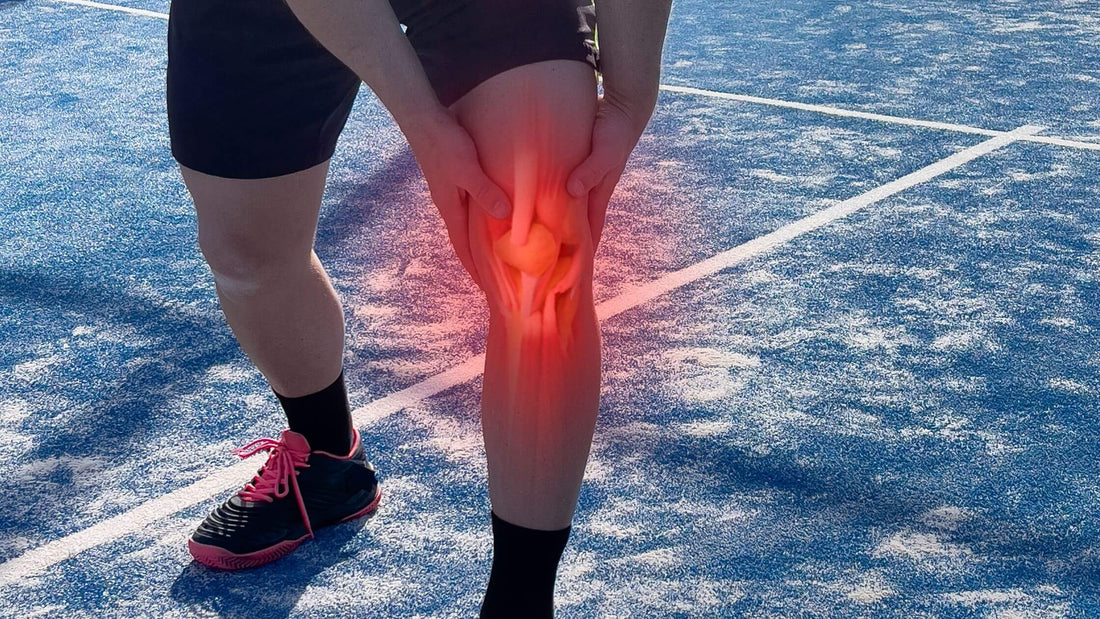
Should I Use Cold or Heat After a Workout?
Share
Many athletes wonder if they should use cold or heat after training or games. The answer depends on what your body needs at that moment. Cold therapy helps calm swelling and sharp soreness, while heat therapy relaxes tight muscles and improves circulation. Choosing the right method supports recovery and helps you feel ready for your next session.
In this guide we explain when to use cold, when heat is more helpful, and how some athletes use both methods together.
When cold works best
Cold therapy helps reduce swelling and ease sharp soreness that can follow intense effort. Cooling the area lowers tissue temperature, slows fluid build-up, and gives a natural numbing effect. This makes it most effective right after training, heavy lifting, or competition.
Short, focused cold sessions are often more effective than long or extreme exposure. The goal is to calm your body, not to freeze it.
When heat works best
Heat therapy is better for stiffness, tight muscles, or when you want to improve mobility. Warming the body increases blood flow and helps muscles relax, which is useful before stretching or low-intensity movement sessions.
Heat is not ideal right after activity if there is obvious swelling, but it is a great option later in the day or before your next workout.
Using both methods together
Some athletes use contrast therapy, which means alternating cold and heat. Cold helps limit swelling, then heat encourages fresh blood flow. This back-and-forth can refresh tired muscles and joints, especially during heavy training weeks.
Contrast therapy should be used with care and adjusted to comfort. If you are unsure, start with one method and monitor how your body responds.
Quick guide to choosing cold or heat
-
If you feel swollen or have sharp soreness → cold
-
If you feel stiff or tight → heat
-
If you want to boost circulation → alternate both
-
Always keep sessions short and comfortable
When to get advice
If pain lingers for more than a few days, or swelling does not settle, it is best to speak with a physiotherapist or health professional. Recovery methods are helpful, but they should support, not replace, professional care when needed.
The key takeaway
Cold and heat both play a role in recovery. Cold helps calm swelling and soreness soon after activity, while heat works better for stiffness and mobility. Some athletes choose to combine them for extra circulation benefits. The most important step is to listen to your body and choose the method that fits how you feel.
Frequently asked questions
Is ice better than heat after a workout?
Ice works best for swelling and sharp soreness, while heat works best for stiffness and mobility.
How long should I use cold after exercise?
Short sessions are usually more effective than long exposure. Ten to fifteen minutes is often enough.
Can I use heat and cold on the same day?
Yes, some athletes alternate both methods for circulation, but it depends on comfort and timing.
Does heat slow recovery?
Not when used at the right time. Heat is helpful for relaxing tight muscles and preparing for movement.
